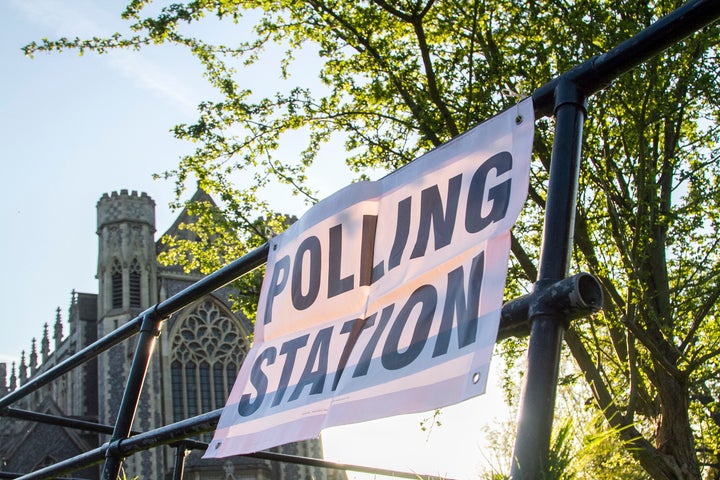
In just a few weeks time, citizens from all walks of life will head to churches, schools and community halls to cast their votes in local elections. This fundamental right, which is part of why our democracy is admired across the world, must be protected. Local elections are important, because they have a real impact on people’s lives and their communities. As part of a pilot scheme in ten diverse areas across the country, voters will be asked to show ID before casting their vote.
Voter ID is an easy way of updating an outdated identification system from the Victorian era ― a time when you would simply walk up to the polling station and say your name in order to cast your vote, because everyone in the community would know who you were.
Currently, the potential for exploitation is real and our democracy needs a system that is fit for the 21st century.
Showing ID is something we already do in everyday life, to take out a library book, claim benefits or pick up a parcel at the Post Office. In fact, part of the United Kingdom – Northern Ireland – has already been showing a form of ID to vote since 1985 without any adverse effect on turnout.
Despite the excellent results of the voter ID pilots last May ― in which the overwhelming majority of voters cast their vote without any problems ― and the widespread use of these practices in other countries like the Netherlands and Canada, some have painted this protective measure as a threat to people’s right to vote.
That simply isn’t true, and couldn’t be further from its purpose.
Voter ID is meant to guarantee that all voices are heard ― and a way to ensure confidence that a person’s vote is theirs and theirs alone.
That’s why, over the past year, I have met with organisations representing older people, disabled people, ethnic minority groups, those undergoing gender reassignment, as well as advocates for the homeless. They have shared their insights and we have listened carefully.
We understand that voters want to be sure they will be able to provide the appropriate ID. That’s why we’re testing four different models that include an extensive list of accepted documents. In the rare case that a voter doesn’t possess one of those documents, their local council will provide an alternative form of ID, completely free of charge.
We also understand that some groups, such as the elderly, homeless or those with disabilities, might require tailored communication. That’s why we’re working alongside charities to ensure that authorities are reaching groups with protected characteristics.
And we understand that some voters might have sensitivities around presenting or applying for ID, which is why we have provisions to ensure people can have their ID viewed in private if they so wish. We are rolling out increased training for polling station staff so that such sensitivities are recognised and handled with care, because we want these pilots to be a positive experience for voters.
And finally, we understand that the work does not stop here. Voter ID is one part of a body of work the Government is doing to make sure that our democracy remains open and available to all.
We have been consulting on the requirement for digital campaigning material to include the details of who has produced it and paid for it, because we believe voters should know which organisations are targeting them. And, we are working to improve the accessibility of elections all round for people with disabilities.
As the Minister for our Constitution, I promise this: everyone who is eligible to vote will have the opportunity to do so. Freely, fairly and above all, confident that their vote is safe and secure.
